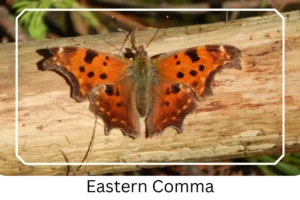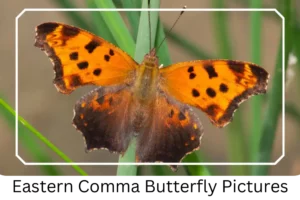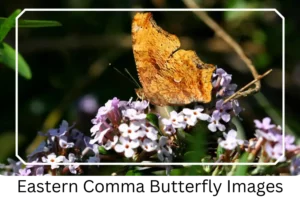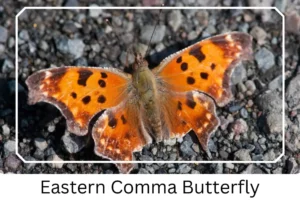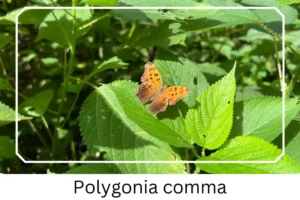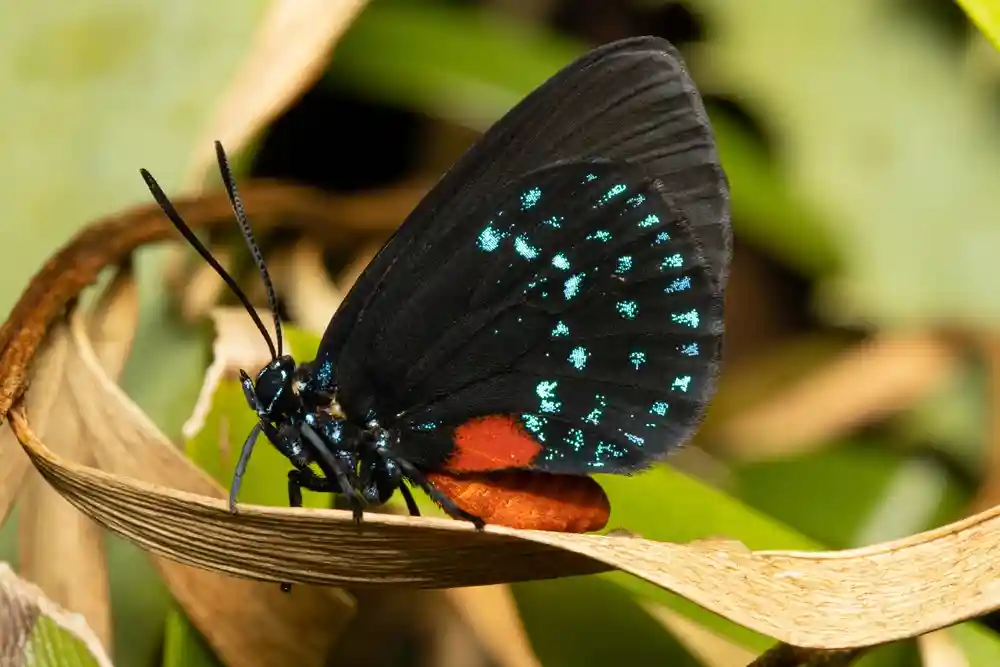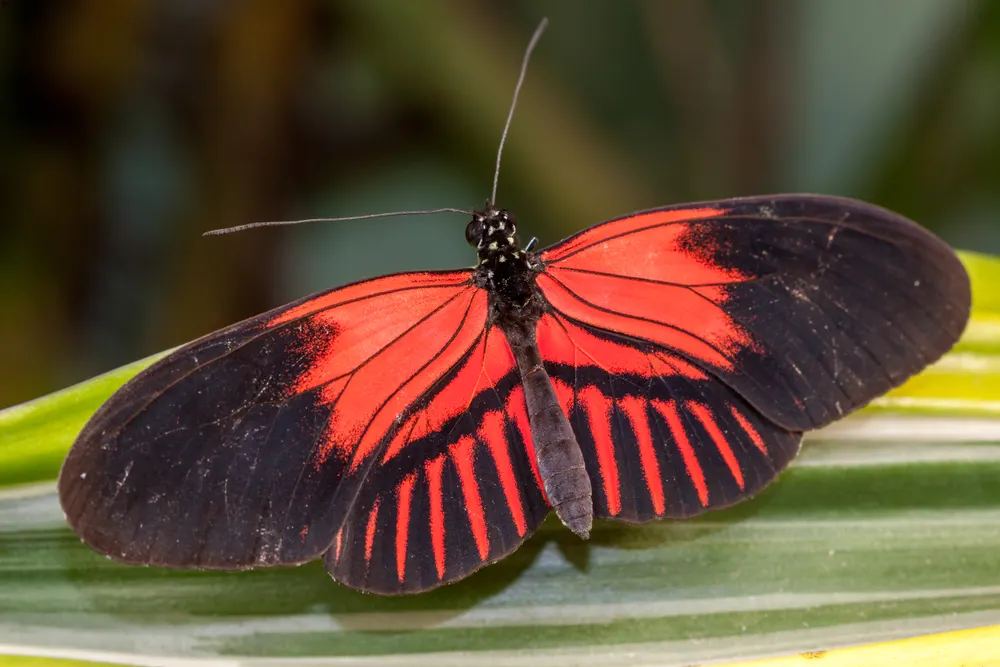Eastern Comma (Polygonia comma)
The Eastern Comma (Polygonia comma) is a fascinating butterfly species native to the eastern regions of North America. Renowned for their remarkable ability to camouflage against the barks and dry leaves of trees, these butterflies also possess unique wing markings that mimic bird droppings, aiding in their defense against predators. The Eastern Comma’s widespread distribution across its range highlights its adaptability and the role it plays in local ecosystems.
Scientific Classification
- Family: Nymphalidae
- Genus: Polygonia
- Scientific Name: Polygonia comma
Overview
This butterfly species thrives in various habitats, showcasing a lifecycle that includes several distinct stages, each with its own set of characteristics. From the caterpillar stage, displaying a range of colors and spine-like projections, to the visually striking adult butterflies with their distinctive wing patterns, the Eastern Comma embodies the beauty and complexity of nature. Their lifecycle, coupled with their aggressive territorial behavior, makes them a subject of interest not just for enthusiasts but for ecological studies as well.
Description and Identification
Caterpillar
The Eastern Comma caterpillar reaches about 1.2 inches in length at maturity, adorned with spine-like projections known as ‘scoli’. These caterpillars exhibit a variety of colors, including white, greenish-brown, and black, with the spines themselves ranging from all-black to white with black tips.
Pupa
During the pupal stage, the Eastern Comma chrysalis varies in color but consistently features ventral gold or silver spots. It remains attached to a silk pad by the cremaster, transitioning into the next stage of its lifecycle.
Adult Butterfly
Sexual Dimorphism: Not present.
Color and Appearance: The open wings of the adult Eastern Comma reveal a brownish-orange base on the primary wings adorned with dark spots. The secondary wings display a summer pattern of primarily black and a winter pattern of orange with black spots, both edged with a dark border and pale spots. The ventral side features a distinctive comma-shaped mark and projections on the hind wings.
Average Wingspan: Ranges from 1¾ – 2½ inches (4.5 – 6.4 cm).
Flight Pattern: Described as fast and haphazard, showcasing the butterfly’s agility and unpredictability in flight.
Eggs
The eggs of the Eastern Comma are green, with a vertically ridged surface, ready to give rise to the next generation of caterpillars.
Quick Facts | |
| Distribution | Found across the eastern half of the US, from the east side of the Rocky Mountains to southern Canada, central Texas, and the Gulf Coast. |
| Habitat | Prefers deciduous forests, woods near rivers, swamps, marshes, and various water bodies. |
| Lifespan of Adults: | Can live up to a maximum of 5 months. |
| Host Plants | Utilizes all species belonging to the elm and nettle families. |
| Adult Diet | Feeds on rotting fruits and tree sap. |
How to Identify Eastern Comma?
Identifying the Eastern Comma butterfly involves looking for its unique features that distinguish it from other species. The most notable is the comma-shaped mark on the underside of its wings, a characteristic from which it derives its name. The coloration and pattern of the wings also serve as key identifiers, with variations depending on the season. In summer, expect to see more black on the wings, while in winter, orange with black spots predominates. The erratic flight pattern of the Eastern Comma, combined with its specific habitat preferences such as deciduous forests and areas near water bodies, further aids in its identification. Observers should also note the size and shape of the butterfly, including its wingspan and the absence of sexual dimorphism, to accurately identify this species.
Did You Know?
- The Eastern Comma’s males exhibit aggressive territorial behavior, chasing not only competing males but also other insect species and even birds. This demonstrates their dominance and survival strategies within their habitats.
- Another intriguing aspect of the Eastern Comma is its remarkable adaptability to varying climates, which is reflected in its seasonal wing pattern changes. This adaptability allows the species to thrive in a wide range of environmental conditions, showcasing the complexity of its evolutionary biology.
Conclusion
The Eastern Comma butterfly is not just a species with unique camouflage capabilities and fascinating lifecycle stages; it is also a testament to the adaptability and complexity of nature. Its presence across a wide range of habitats in North America underscores the importance of biodiversity and the intricate relationships within ecosystems. Observing and understanding the Eastern Comma offers insights into the broader ecological dynamics at play, highlighting the beauty and resilience of the natural world.

